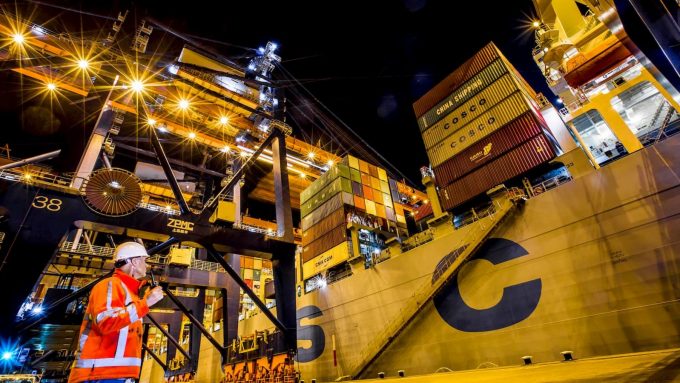Returning to Suez and rates: the shipping contract conundrum
Shippers negotiating new contracts this year face a major rates dilemma as the maritime industry ...

Analysis by shipping consultancy Drewry suggests carrier profits, far from diminishing this year, will rise again as the Omicron variant disrupts supply chains and new contracts are brought into the equation.
Based on what is expected to have been yet another new record for ocean carrier ...

Comment on this article